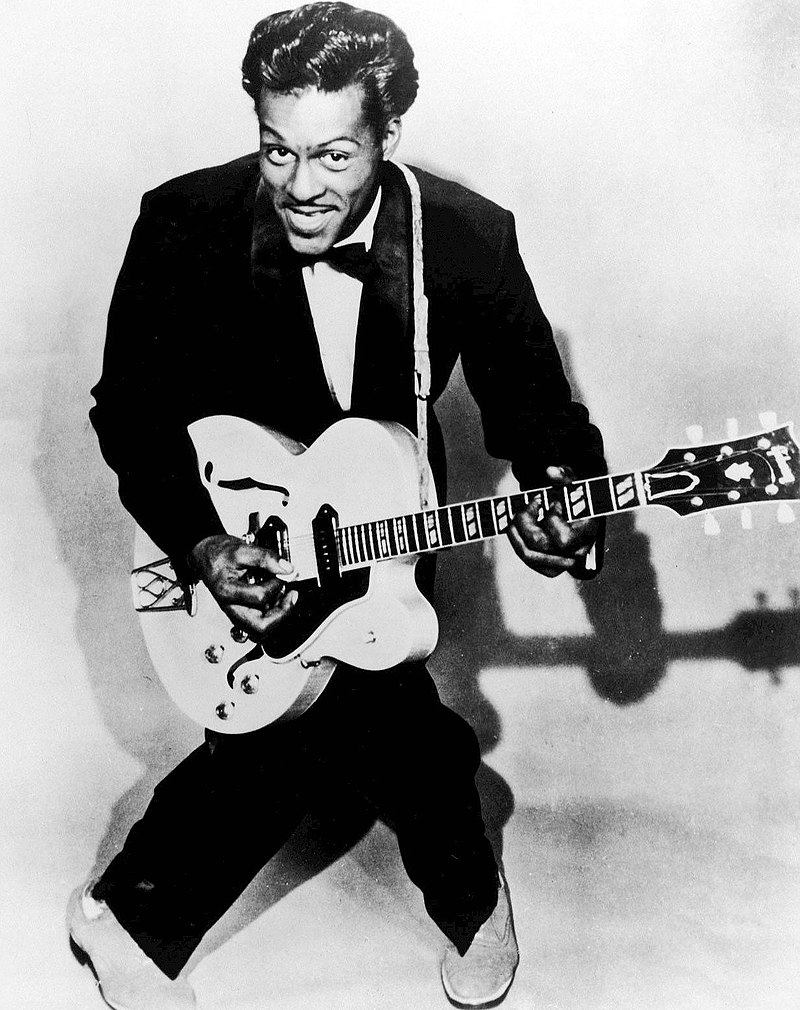
Conclusion
In summary, during World War II, the record business (as well as clubs) suffered from wartime shortages and labor battles that resulted in a flood of small labels, or independent record labels, which sprang up to serve regional and niche markets that the major labels were not reaching. These independent record labels played a significant role in the R & B market, where smaller, rowdier combos were supplanting the big bands favored by the majors. By the early 1950s, rhythm and blues hit songs attracted a growing audience of young, White listeners. Especially in the southern United States, where there had always been a robust White audience for "race records" and blues, these listeners often tuned in to radio stations that played Black singers and bands barred from mainstream pop programs.
While Freed and the other R & B DJs eschewed these covers, viewing them as pale imitations that owed their success entirely to racial segregation, pop cover artists played a significant role in exposing White listeners to R & B styles. At the same time, Black musicians were taking rhythm and blues in a new direction with "Black rock and roll." Over time, the genres of rhythm and blues and rock and roll became distinct, but rock and roll owes much to its rhythm and blues beginnings.
Sh-Boom
Oh, life could be a dream
(Sh-boom)
If I could take you up in paradise up above
(Sh-boom)
If you would tell me I'm the only one that you love
Life could be a dream, sweetheart
Sweet Lorraine
Just found joy
I'm as happy as a baby boy,
baby boy
With another brand new
choo-choo choy
When I met my sweet Lorraine, Lorraine, Lorraine






